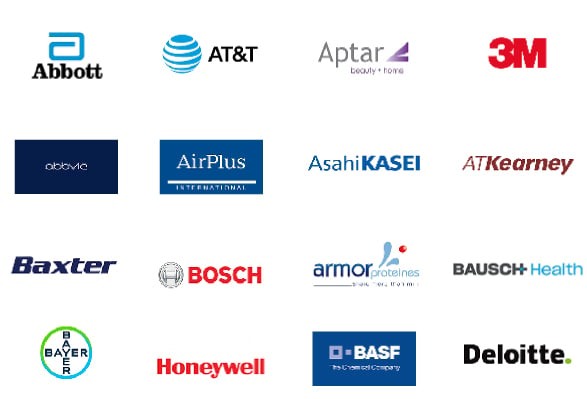Light-emitting diode (LED) is a semiconductor source of light that emits light when current flows through it. The light is produced when the particles that carry current combine with the semiconductor material. LEDs are more efficient, brighter, more cost-effective, and more lasting than conventional incandescent bulbs. These lights are cost-effective that delivers around 50,000 hours of illumination with a very small amount of energy consumption. As a result of these advantages, LEDs are adopted in various residential, business, commercial, industrial, and public settings. Many developed, as well as emerging economies, are encouraging the use of LED lighting fixtures that can save energy as well as costs.
Market Dynamics
Increasing demand of LED lighting due to longer lifespan is expected to drive growth of the global LED services market during the forecast period. Increasing use of LED lights in residential sector is expected to increase in the forecast period. This use due LEDs have a longer lifespan, nearly about 100,000 hours, as compared to incandescent bulb with 1000 hours and CFL with 8000 to 10,000 hours lifespan. Furthermore, LED lighting fixture is far more efficient than conventional incandescent bulbs. It has an efficiency of 80% to 90% as compared to conventional light bulbs with 20% efficiency. LED lights to use around 50% less energy than traditional incandescent and halogen options that are primarily employed for residential and commercial applications.
Apart from increasing use government also subsidiaries heavily for LED as it is consumes less amount of energy. For instance, The government of Japan has launched its ‘21st Century Lighting Project’, and is one of the earliest countries to initiate an LED industry policy. In this project, they have started promoting lighting technologies with the help of a group of LED industry leaders. Furthermore, they have increased market demand by promoting LED standards and offering tax incentives for LED products. By 2020, Japan’s LED lighting market is estimated to reach approx. 70% of the total lighting solutions. Thus increasing use of LED in residential and commercial sector and government initiative to support this is expected to drive the global LED service market in the forecast period.
Market Taxonomy
This report segments the global LED services market on the basis of application and region. On the basis of Application, global LED services market is segmented into Residential (Home), Public Lighting (outdoor) and Business Lighting (Indoor). Public Lighting (outdoor) further segmented into Smart Lighting and Street Lighting. Business Lighting (Indoor) is sub-segmented into Government and Private. On the basis of region, global LED services market is segmented into North America, Latin America, Europe, Asia pacific, Middle East and Africa.
Key features of the study:
Detailed Segmentation:
*Browse all the market data tables and figures on “Global LED Services Market- Forecast to 2027”
Table of Contents
*Browse XX market data tables and XX figures on “Global LED Services Market-forecast to 2027”.
Joining thousands of companies around the world committed to making the Excellent Business Solutions.
View All Our Clients